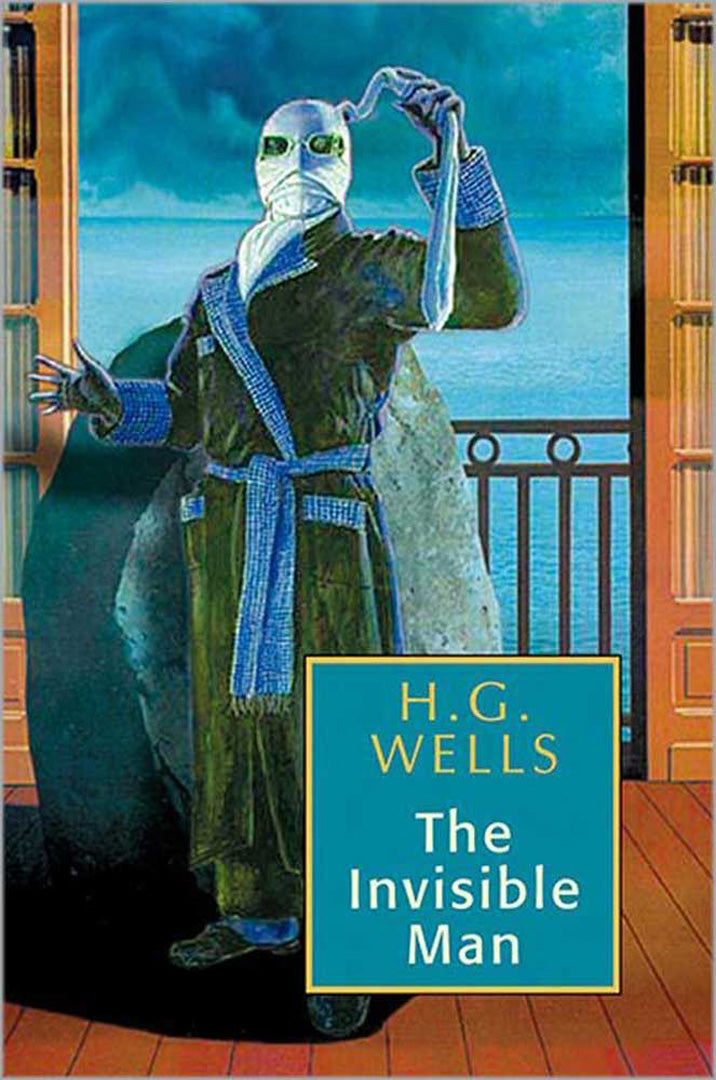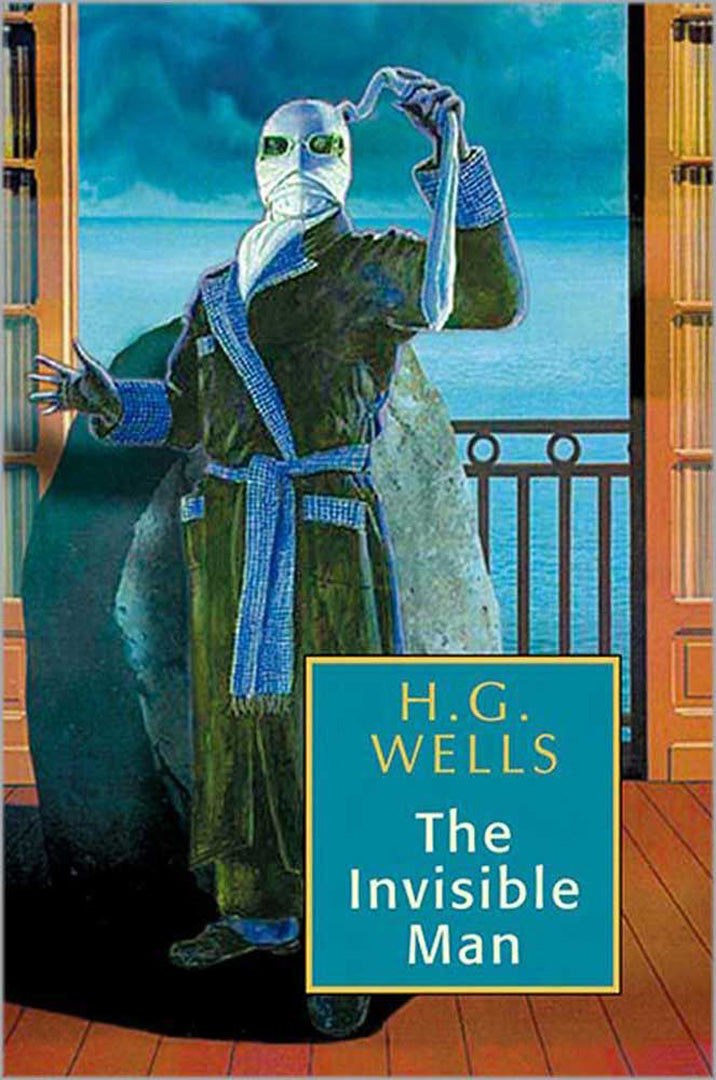The Invisible Man
The Invisible Man
H.G. Wells
Couldn't load pickup availability
Share

More Information
- ISBN13:
- Publisher: Atlantic Publishers & Distributors (P) Ltd
- Publisher Imprint: Peacock Books
- Publication Date:
- Pages: 160
- Binding:
- Item Weight:
- Original Price:
About The Book
This nightmarish tale by H.G. Wells contains all the suspense and adventure of science fiction at its best.
It begins with a quiet country inn and a mysterious stranger, his features masked by gloves, dark glasses, and bandages that completely covered his head. A door opens and closes ... mysterious footsteps climb the stairs ... tables and chairs are thrown across the room ... someone coughs and then speaks in a muffled voice ... but... no one is there!
The violence ... The rampages ... The killings. An obscure scientist named Griffin had found a way to turn skin, flesh, blood and bones invisible and tried the formula on himself. He could go anywhere; spy; steal; menace anyone.
The Invisible Man had only two problem she could not turn visible again and he had gone quite murderously insane.
About The Author
Herbert George Wells (1866-1946) was born at Bromley, Kent, where his father was an unsuccessful small tradesman. After two unhappy years as a draper’s apprentice, he became assistant teacher at Midhurst Grammar School, studying by night and winning a scholarship in 1884 to the Normal School of Science, now Imperial College London, where he came under the lasting influence of T.H. Huxley, teacher of comparative anatomy. Before taking a first-class honours degree in zoology in 1890, he had resumed the life of a school teacher. After an accident which damaged his kidneys, he determined that he would learn to write. His first full-length works were textbooks on biology and geography. His marriage in 1891 to his cousin Isabel proved unhappy, and he eloped with his student Amy Catherine (‘Jane’) Robbins, whom he married in 1895. His literary career started with the publication of his first major novel, The Time Machine (1895). This was followed by other works of science fiction: The Wonderful Visit (1895), The Island of Dr. Moreau (1896), The Invisible Man (1897), The War of the Worlds (1898), When the Sleeper Wakes (1899), The First Men in the Moon (1901) and The War in the Air (1908).
In 1903 he joined the Fabian Society, but his contact with its members was brief and mostly belligerent. Wells’ major novels with a bias towards social realism were based heavily on his own experiences as a youth from the lower middle classes. Love and Mr. Lewisham (1900) and Kipps: The Story of a Simple Soul (1905) were followed by Tono-Bungay (1909), his most ambitious novel, and The History of Mr. Polly (1910). Ann Veronica (1909) was considered scandalous for its portrayal of an emancipated woman.
Wells continued to reach a huge audience, notably with his massive The Outline of History (1920) and its shorter offspring A Short History of the World (1922), and with many works of scientific and political speculation, including The Shape of Things to Come, which confirmed his position as one of the great popularizers and one of the most influential voices of his age. His lively and engaging self-portrait is found in Experiments in Autobiography (1934). The dark permission of his last prediction, Mind at the End of its Tether (1945), reflects his own health and the course of the Second World War.

